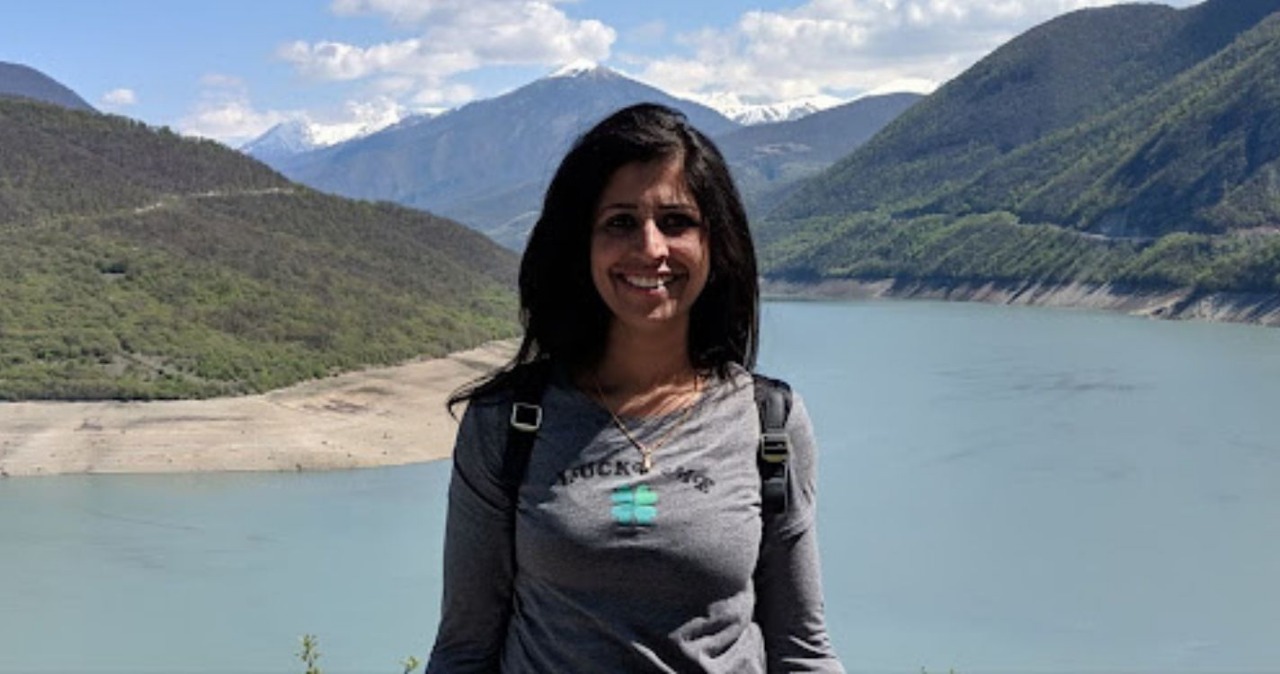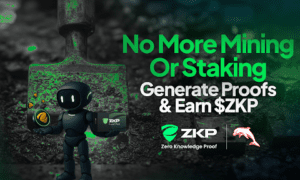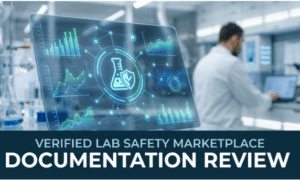
In the post-pandemic world, where hybrid and remote work models have become the norm, building an environment that fosters effective collaboration, from individual teams to industry-wide initiatives, is essential for organizational growth. According to a recent report published by McKinsey, the pace and effectiveness of AI adoption aren’t determined solely by technological factors. Still, leaders can provide an environment that fosters productive innovation and integrates new workflows through workplace interactions. This way, meaningful collaboration was also highlighted as a key factor in ensuring innovation safety amid the rapid advancements in AI. To truly harness the benefits of innovation, cross-team and cross-disciplinary collaboration becomes necessary. One leader who exemplifies this approach is Shruthi Alekha, a software architect with over a decade of experience in projects ranging from medical research to predictive analytics on power generation, an award winner at Cases&Faces 2025, and an IEEE member. Shruthi Alekha reveals the approach that allows her to bring innovations to life through teamwork and collaboration while working on groundbreaking projects across multiple industries. Her career provides practical insights into the role of cross-functional teams in unlocking innovation’s potential and translating it into measurable business outcomes.
“Innovative solutions often affect multiple aspects of a company’s operations,” explains Shruthi Alekha. “Consequently, to implement such solutions efficiently, it becomes necessary to establish a process that includes people with different backgrounds and specializations to find the most productive approach.”
A vivid illustration of implementing such an approach in practice can be found in Shruthi Alekha’s work at Genscape, where she worked as a software architect, implementing a predictive analysis engine for power markets, as well as several other innovative projects. She led a team of multiple professionals across development, quality assurance, and DevOps, determining development strategies and ensuring that technology aligned with the company’s business objectives. The team included professionals with diverse backgrounds and specializations, which made achieving the necessary performance a challenge in itself, as it required establishing collaboration in a team distributed across multiple time zones and working on a wide range of tasks. Initially, the lack of cooperation was causing not only less than desired productivity but also a lack of motivation, which could become the reason for lower team retention, exacerbating the problem.
Shruthi Alekha overcame these challenges through focused efforts aimed at creating an environment for smooth and efficient collaboration, which was crucial for a team distributed across multiple time zones. The benefits of well-established teamwork go beyond the success of a particular project. Implementing the predictive analytics engine enabled the company to achieve a 35% reduction in prediction errors, unlocking new opportunities for revenue growth and improved performance. It is also important to mention the impact on company culture. She developed mentorship programs and career development frameworks to support productive teamwork, providing employees with opportunities for professional growth, which contributed to a 90% team retention rate and fostered a culture of innovation and quality. This experience also underscores a crucial principle that Shruthi Alekha has observed across her projects:
“Efficient teamwork becomes especially important when the project demands that the interests of multiple parties be considered, both within the company and outside of it,” comments Shruthi Alekha based on her vast experience.
In such cases, aligning objectives, expectations, and timelines across different functions can significantly reduce friction and miscommunication. Moreover, when external stakeholders are involved, a collaborative approach helps build trust and ensures that the outcome meets broader expectations. This became especially evident in her subsequent roles at Habu and LiveRamp, where ensuring seamless internal collaboration played a crucial role.
For instance, in her projects at Habu and later at LiveRamp, Shruthi Alekha led the development of Clean Room solutions used by enterprise clients across various sectors, including retail, media, and advertising. To achieve the best possible result, she had to guide the team on both technical and strategic issues, improving the product development cycle and supporting the pursuit of high-quality standards. She mentions that organizing productive interaction between different teams, such as product, quality assurance, customer success, and others, laid the foundation for efficient development, allowing for the creation of new solutions and adaptation to clients’ demands when necessary. The significance of this simple yet powerful idea is hard to overstate, as many organizations currently suffer from siloed teams, which, when lacking cross-team interaction, lead to less than optimal performance. Moreover, Shruthi believes that innovation doesn’t stop at the organizational level.
Creating an environment for productive collaboration goes beyond the work within a single organization. The multifaceted nature of many technological advancements demands that professionals engage with broader ecosystems of knowledge and expertise. Participation in external forums, conferences, and peer review activities enables the exchange of ideas that can lead to breakthroughs that would be impossible to achieve in isolation. She emphasizes that achieving the best performance at the team, organizational, or community level becomes impossible without a collaborative effort.
“The ability to establish and support an environment where collaboration can thrive and amplify the input of each team member is a key skill for a modern leader,” concludes Shruthi Alekha. “It becomes a deciding factor in finding the most effective ways to implement innovative solutions for the benefit of both the business and its customers.”
Moreover, Shruthi Alekha pays special attention to participating in the community and sharing her knowledge and expertise with others. In 2025, she was invited to serve as a judge on the IEEE Senior Member Review Panel, which is another testament to the value of her input. She is currently working on several scientific articles that represent her valuable experience in building cloud data clear rooms and providing useful information to software architects and team leaders in various industries. She emphasizes the importance of exchanging ideas and plans to continue participating in events that create opportunities for it. She uses every opportunity to share her knowledge and expertise, as well as her views on creating a collaborative environment, and to teach other team leaders how to harness the power of collaboration.
Her work demonstrates that cross-functional collaboration is a crucial component in transforming good ideas into sustainable, practical outcomes. As a software architect and a team leader, Shruthi Alekha creates environments where teams can collaborate efficiently across functions and disciplines, demonstrating a model of what modern innovation leadership looks like. For experts navigating today’s rapidly evolving technological landscape, her example provides a blueprint of what needs to be done to translate innovation into business value: invest in people, break down silos and build collaborative frameworks where innovative ideas thrive and come into action.




























